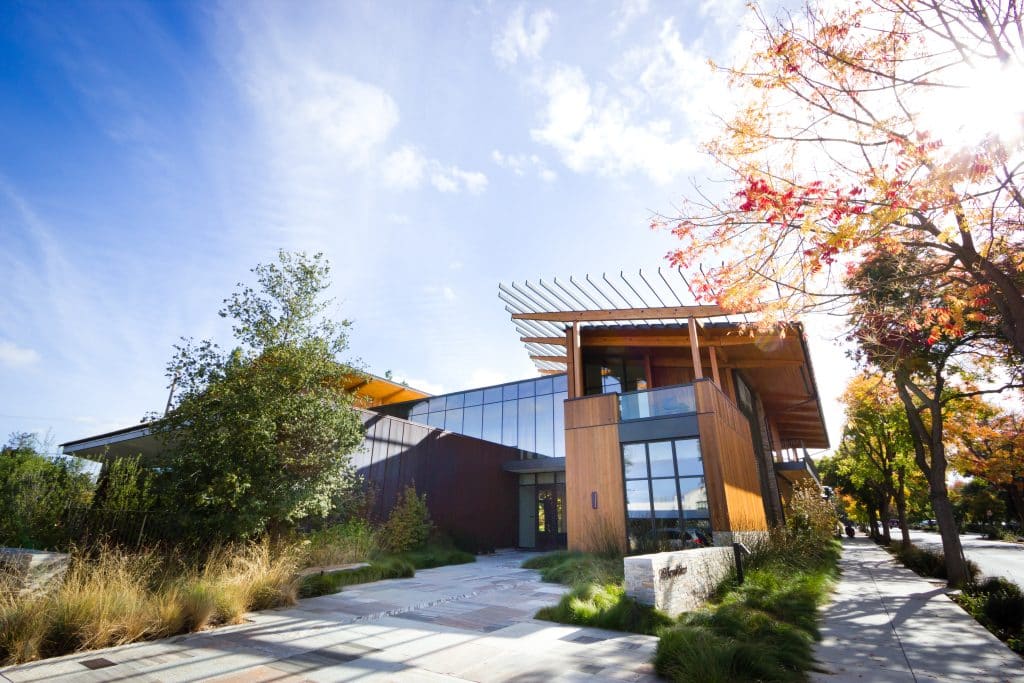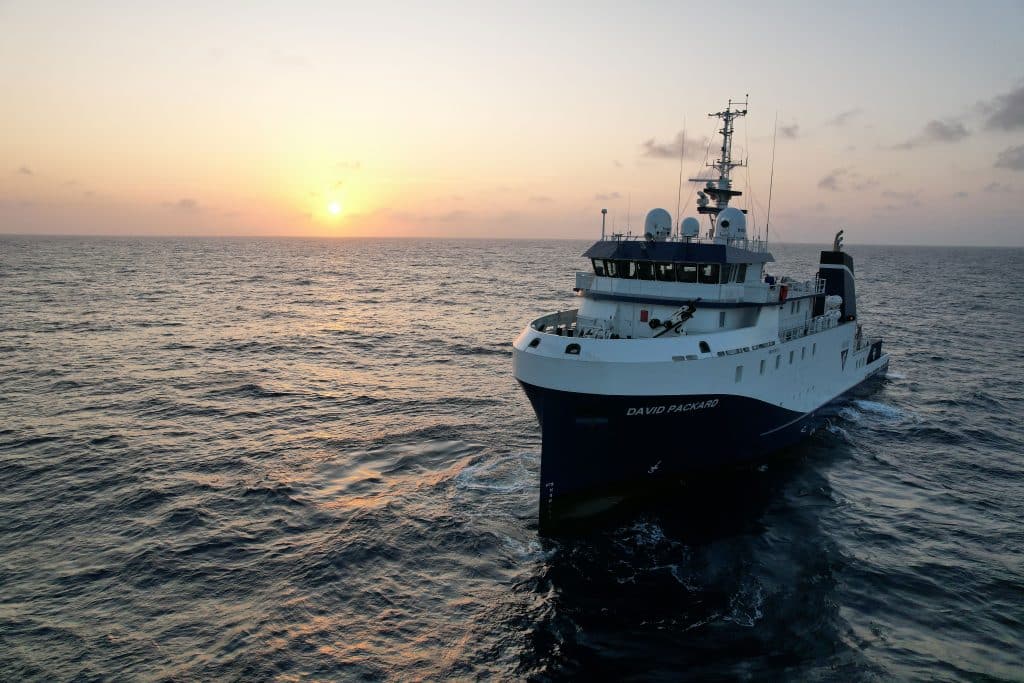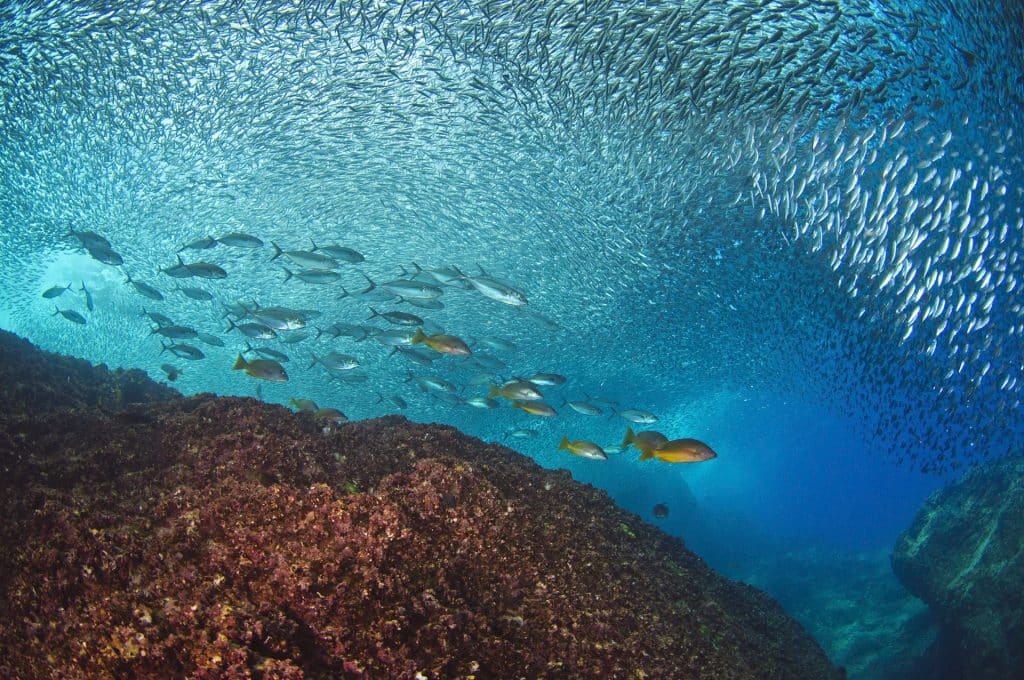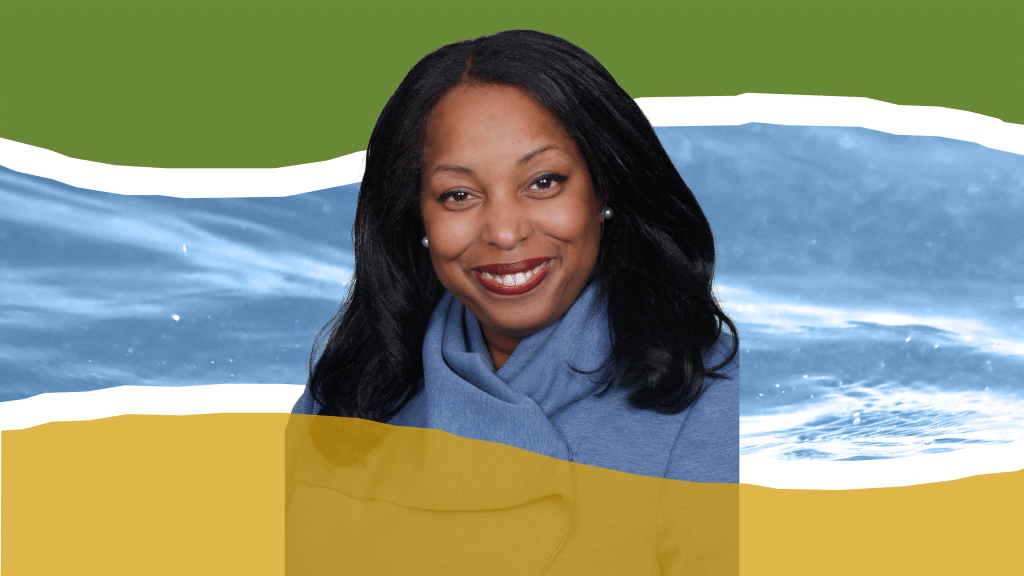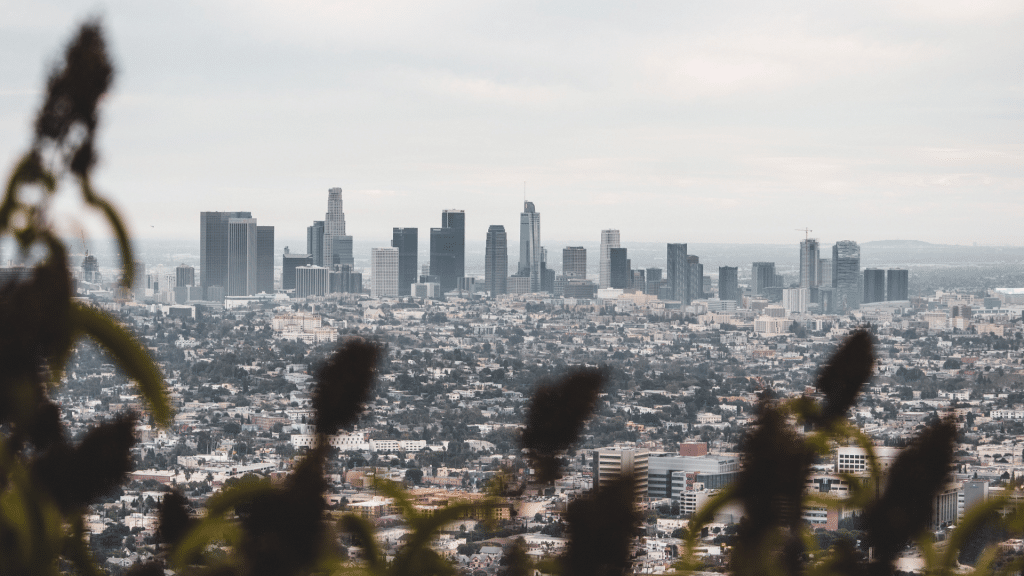Along the iconic landscape of California’s Central Coast, the Chumash People have lived in harmony with the land and the sea for thousands of years.
For the Chumash, the Pacific Ocean, or “Grandmother Ocean,” is a revered elder who nurtures and provides life, emphasizing the importance of stewardship and respect for nature. Last year, the Chumash celebrated a monumental milestone in their long-standing commitment to the ocean.
Following decades of advocacy by the Chumash and their partners, the National Oceanic and Atmospheric Administration (NOAA) officially designated 4,543 square miles (about the size of Connecticut) of Central California’s coastal and ocean waters as the Chumash Heritage National Marine Sanctuary.
When the designation was finalized in November 2024, it became the third largest national marine sanctuary in the United States, the first Indigenous-nominated sanctuary, and the first new sanctuary designated in ocean waters in over 30 years. The Northern Chumash Tribal Council will co-steward the sanctuary alongside NOAA and the state of California.
Nestled between the Monterey Bay and Channel Islands National Marine Sanctuaries, this new sanctuary will protect an ecologically significant zone, home to diverse wildlife, including species like southern sea otters, leatherback sea turtles, abalone, and blue whales.
“The announcement couldn’t have come at a better time,” said Violet Sage Walker, chairwoman of the Council. “This recognition will not only raise awareness of the Chumash People around the world but also affirm our commitment to the stewardship of our land.”

The Vision for a Marine Sanctuary
The Chumash once inhabited a 7,000-square-mile territory with sacred sites like Lisamu’ (Morro Rock) and Humqaq (Point Conception). Despite the devastating impacts of colonization, the Chumash have preserved their cultural practices and maintained a deep connection to their ancestral lands and waters.
For more than 40 years, the Chumash have advocated for the establishment of a national marine sanctuary.
Chief Fred Collins of the Council, a respected leader and advocate for environmental justice, dedicated much of his life to this cause. In 2014, he saw an opportunity to protect these waters in a new way: through a federal marine sanctuary designation.
He submitted a nomination to NOAA, envisioning a marine sanctuary that would safeguard the coastline from industrial threats like oil drilling and other types of development—while allowing the Northern Chumash Tribe to serve as co-stewards of their ancestral territory.
“Indigenous Peoples have a unique perspective,” said Collins during early advocacy for the sanctuary. “When incorporated with science, our perspectives highlight Grandmother Ocean’s life and connectivity in a living matrix of thrivability.”
The Tribe’s interest in a marine sanctuary also aligned with global efforts to conserve and protect 30% of U.S. land and waters by 2030.
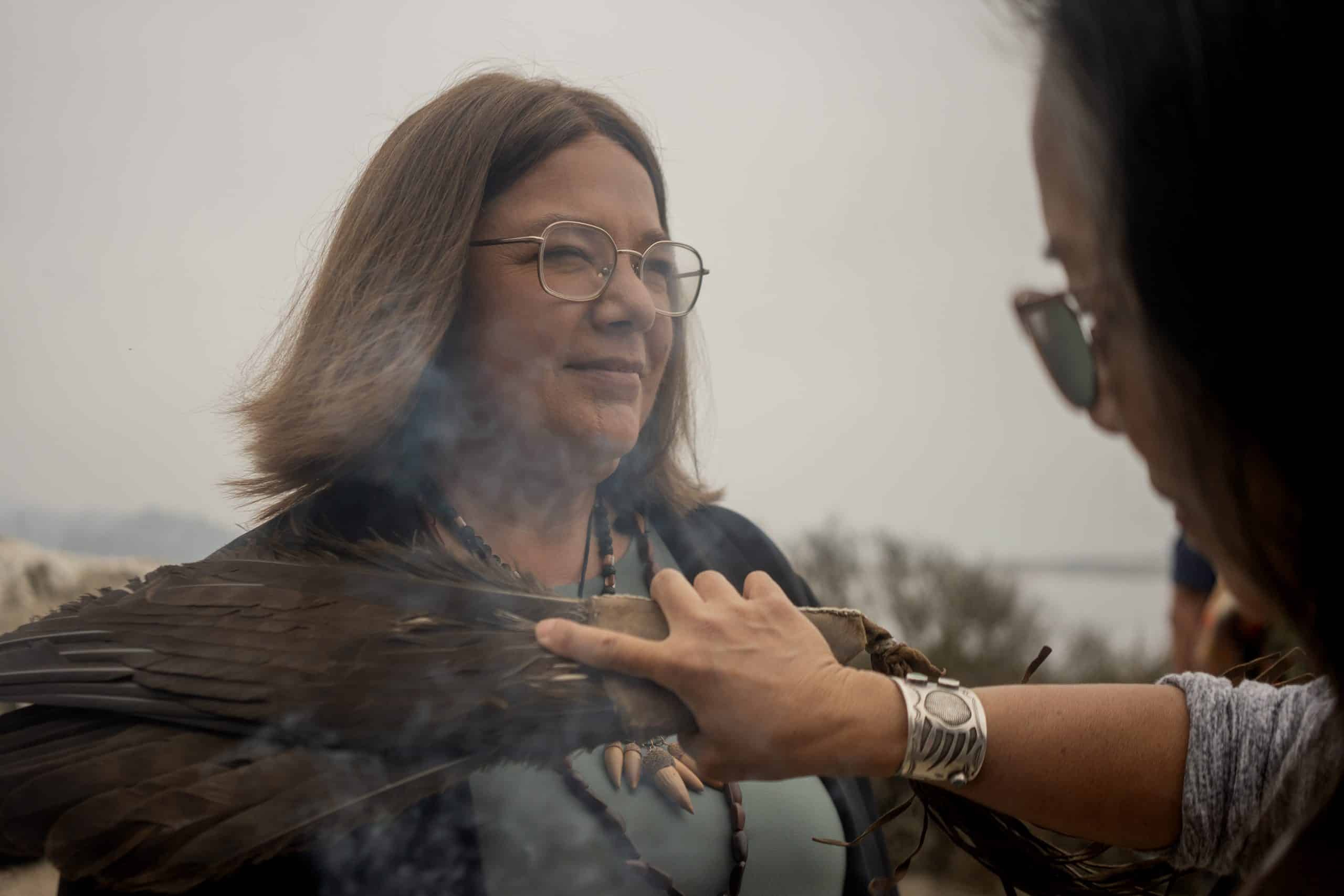
Four Years of Advocacy
After Collins’ passing in 2021, his daughter, Violet Sage Walker, assumed leadership of the effort as chairwoman of the Northern Chumash Tribal Council.
“When he passed away, he asked me to complete this for him, and I promised him I would,” said Walker, who had worked alongside her father since the beginning of his effort.
The process for designating a new national marine sanctuary with NOAA includes drafting management plan documents, evaluating environmental impact, and determining potential boundaries, guided by input from the Council.
Then the public, federal agency partners, and other stakeholders were asked to provide input on the proposal.
Walker and the Council began by running a grassroots effort to promote the sanctuary campaign through the designation process. In 2021, they partnered with Resources Legacy Fund and the National Ocean Protection Coalition which provided technical support and connected them with philanthropic partners.
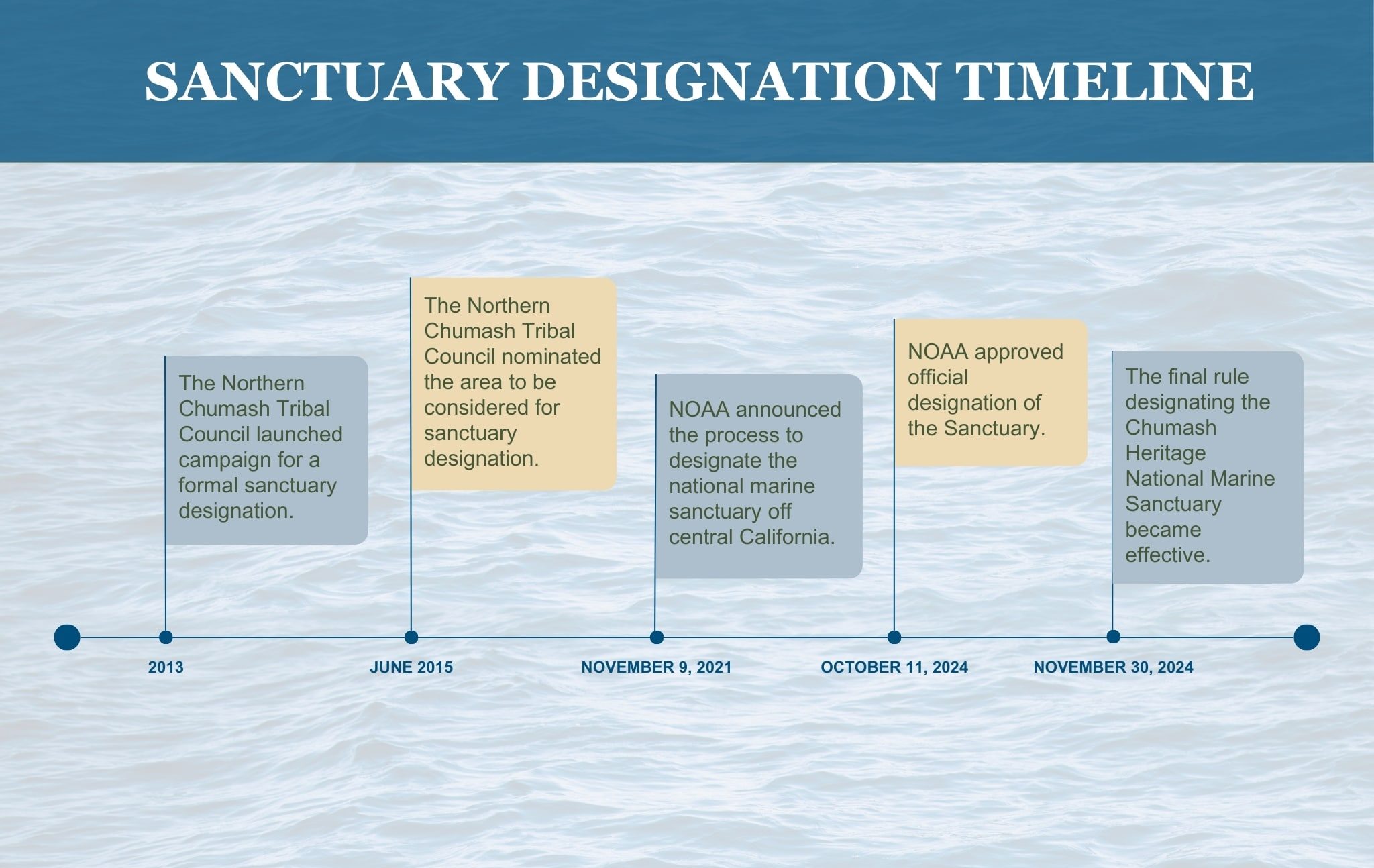
The David and Lucile Packard Foundation provided two grants at this time to fill in the initial funding needed to run the campaign, split between the Council and Resources Legacy Fund.
The Packard Foundation also helped convene other funders to rally further support for the campaign.
More than 100,000 people, including Central Coast residents, elected officials, regional businesses, and conservation organizations with local chapters expressed support for the marine sanctuary during the initial scoping process in January 2022 and in a subsequent comment period in 2023.
In 2022, several offshore wind sites were approved by the federal government off the coast of Central California as an investment in clean energy to limit the harmful impacts of climate change. The sanctuary boundaries we adapted from the original proposal to accommodate these wind sites. NOAA plans to revisit the sanctuary’s boundaries for potential expansion in the future, after these cables have been laid.
The Packard Foundation provided additional support in 2023 to the Northern Chumash Tribal Council and Resources Legacy Fund to engage in this process.
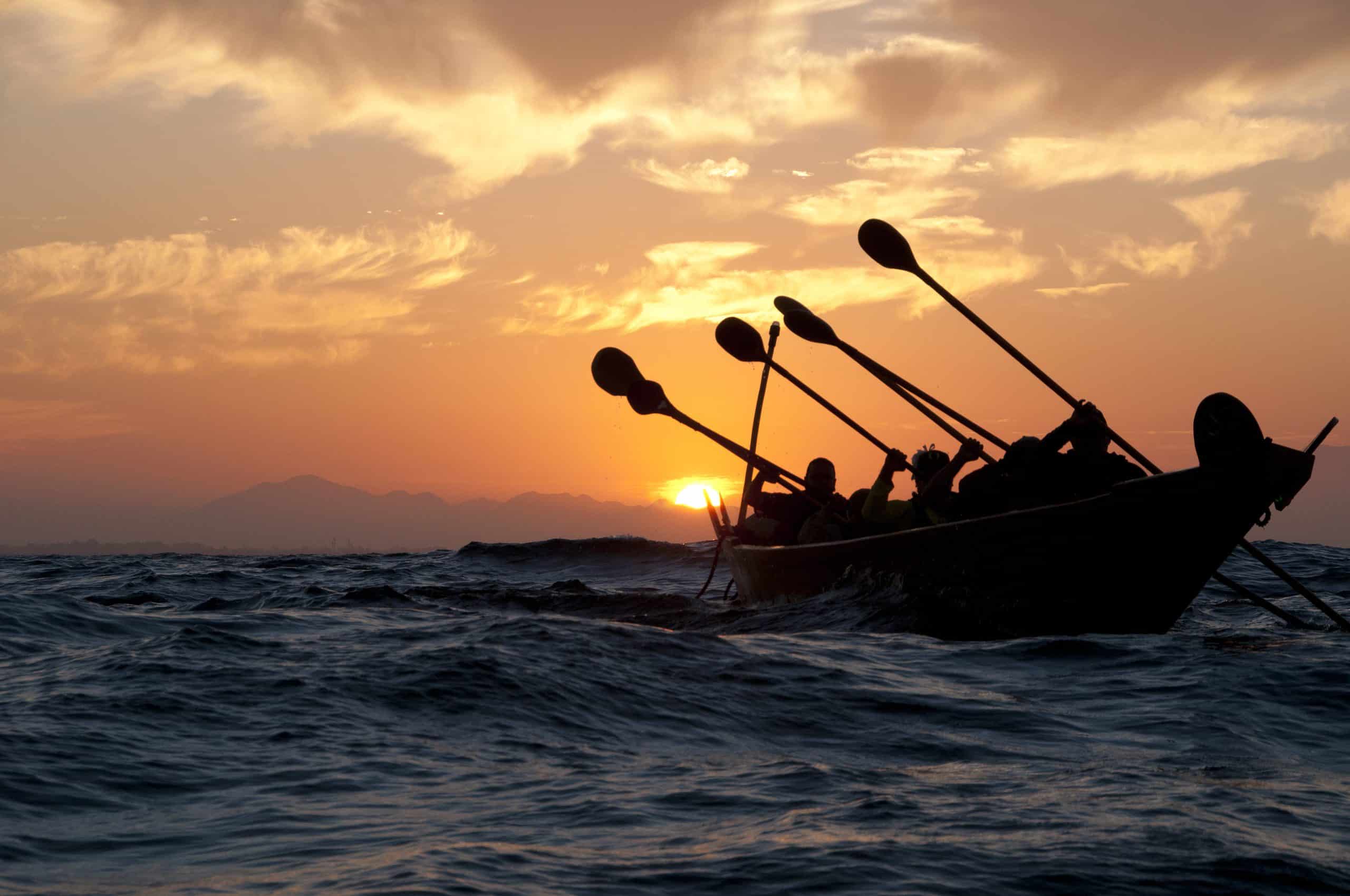
A New Model for Environmental Stewardship
The designation protects miles of California’s Central Coast from industrial development, offshore drilling, oil spills, and overfishing. It’s been estimated that a national marine sanctuary off the Central Coast will generate at least $23 million in economic activity and create 600 new jobs.
“I am overwhelmed with gratitude for all who have helped bring to life the vision of a Chumash Heritage National Marine Sanctuary,” said Walker. “The significance of our collective effort will make history, begin to heal centuries of wounds to our People, and bring all of us closer together.”
The Sanctuary also provides an opportunity to promote multilingual and multicultural outreach, with a particular focus on programs that reach underserved communities, to raise awareness about the ocean and its importance.
“The Sanctuary is not only about preserving the ocean for future generations but also about acknowledging the critical role of Indigenous knowledge in guiding us toward a more sustainable future,” said Heather Ludemann, Ocean (Americas) Initiative Director at the Foundation. “The wisdom of the Chumash People teaches us the importance of balance—between people, nature, and the climate.”
For the Packard Foundation, support for designation of the Sanctuary is a part of our commitment to long-term environmental solutions, grounded in a deep respect for Indigenous leadership.
“I hope we will be remembered for our dedication to actively protecting and nurturing Mother Earth and Grandmother Ocean,” said Walker.

